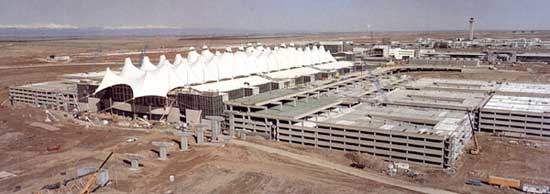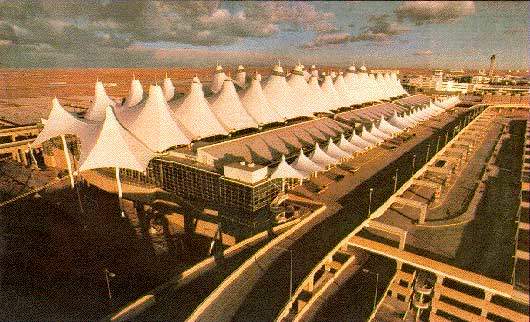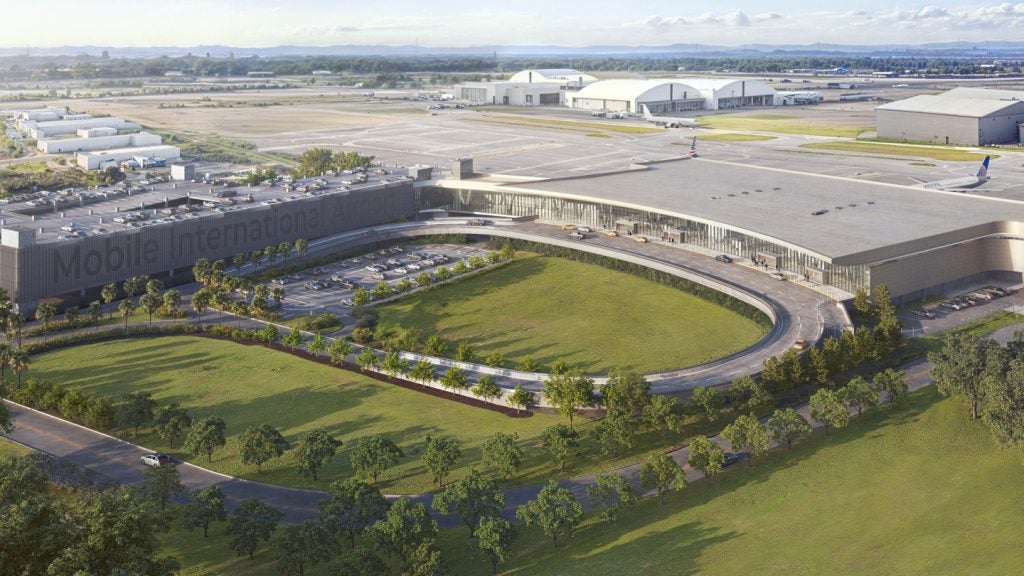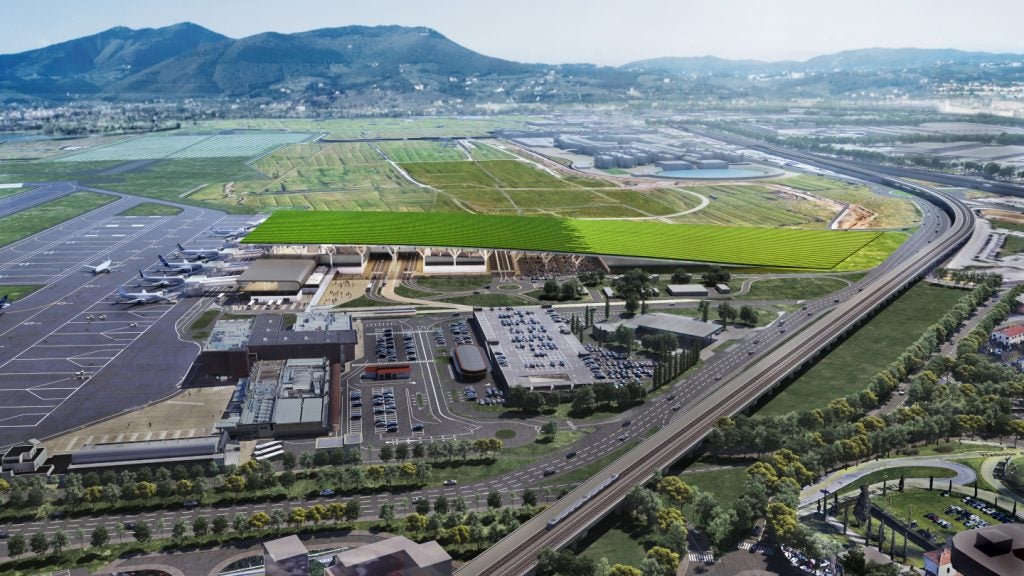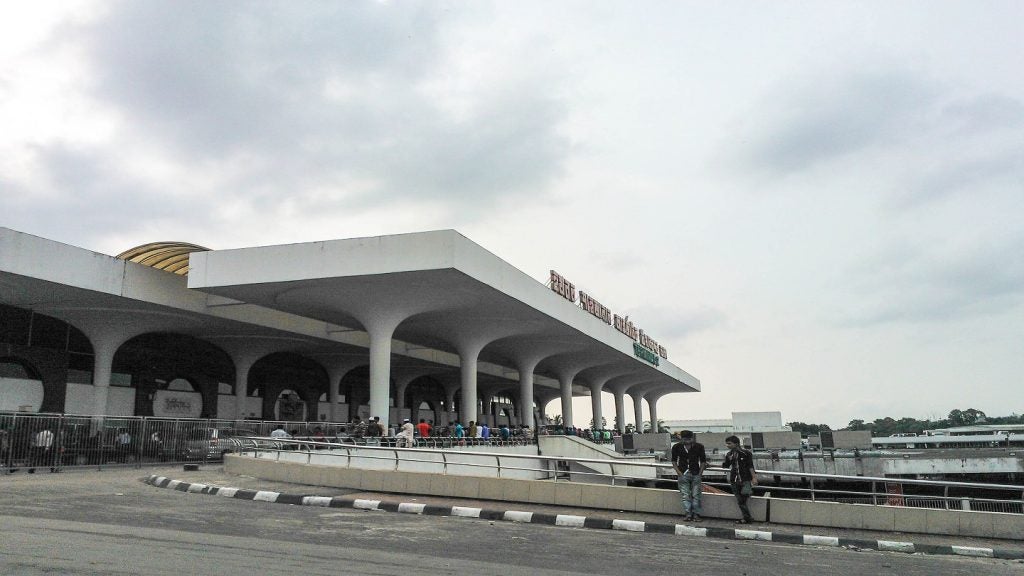Denver International Airport (IATA: DEN) in Colorado, US, is the 20th busiest airport in the world and also the fifth busiest airport in the US. It is located 23 miles north-east of downtown Denver in Colorado, US.
The airport was opened to the public in February 1995. It received an FAA Environmental Stewardship Award for 2007.
The airport is spread over 34,000 acres of land and has one main terminal, Jeppesen Terminal, with a built-up area of more than 1.5 million square feet. It has three airside concourses and more than six million square feet of public space. Concourses A, B and C have a total of 89 gates.
The Jeppensen terminal is currently undergoing a major transformation, which began in July 2018 and is expected to be completed in 2021.
Looking to the future, Denver International Airport has the potential for an additional terminal and two further concourses, which will allow it to serve up to 100 million passengers a year.
The airport witnessed more than 64.5 million passengers and 504,722 aircraft movements in 2018. It is expected to serve 80 million passengers by 2025 and 110 million passengers by 2040.
Denver International Airport master plan
A master plan was formulated by the airport setting out short-term plans (2015-20) and certain long-term plans (2030-35).
The short-term plans include adding a seventh runway, expanding the concourse with more than 20 gates, additional international passenger processing and gates, expanding the people mover capacity, baggage system improvements, and increasing passenger security screening.
The long-term plans include increasing the number of runways to ten, adding 100 gates and concourse D and E, taxiway improvements, more aircraft de-icing positions, doubling rental car spaces and adding a fourth lane on Pena Boulevard.
Expansion projects at Denver international airport
The expansion of automated guideway transit system began in March 2011 and was completed in May 2012.
A new retail location, the Retail Merchandising Unit, opened in September 2011, providing easy shopping for travellers passing through the airport.
Construction of the Pena Boulevard road lane to connect with Denver International Airport began in July 2011. The lane was built in small parts and the first part was constructed from 64th Avenue to just before Tower Road.
Denver International Airport runways
Denver International Airport has six runways, of which four are north-south (17R/35L, 17L/35R, 16R/34L and 16L/34R) and the remaining two are east-west (8/26 and 7/25) runways. The airfield has room for 12 runways.
Five of the runways are 12,000ft-long and 150ft-wide, while the sixth is 16,000ft-long and 200ft-wide. Each runway approach is equipped with instrument landing systems. The southern approaches to the four parallel north-south runways are rated category III-b, which allow auto-landing even in the lowest visibility conditions.
Three of the north-south parallel runways are at least 4,300ft apart, the minimum required by the FAA for simultaneous landings in bad weather. Dual or triple streams of aircraft can land simultaneously in these conditions, reducing system delays. Denver airport has six de-icing pads and each can accommodate up to six aircraft at the same time.
Denver airport’s sixth runway details
Runway 16R/34L, Denver’s much-publicised recent addition, is the longest commercial runway in North America. At 16,000ft-long and 200ft-wide, it can accommodate the new generation of massive planes, including the Airbus A380.
The $166m sixth runway project was part of the airport’s original master plan to provide a balanced airfield operation. In July 2004, the runway won the 2004 Project Achievement Award by the Construction Management Association of America, under the public projects category valued at more than $100m.
Car rental area canopy project
Mid-2003 saw the start of a two-year canopy project. The $38m cost was paid by the airport’s rental car companies (Advantage, Alamo/National, Avis, Budget, Dollar, Enterprise, Hertz, Payless and Thrifty) and increased the size of the areas where rental car shuttle buses pick up and drop off customers.
The project also helps protect commercial vehicle users from bad weather. A translucent Teflon-coated fabric was used as the ‘canopy’ over level 5 surrounding the terminal building. The material is the same as used for the terminal’s signature roof.
Denver airport’s terminal expansion
Jeppesen Terminal was named after Elrey Jeppesen, a pioneer of aviation safety. The terminal is divided into east and west terminals for arrivals and departures. The terminal is then connected to three concourses, A, B and C, which have 138 gates in total.
The concourses are reached by a passenger bridge or by using an underground transit system. Concourse C was further expanded by eight gates at a cost of $160m.
Concourse B was expanded by the addition of two concourses (fingers) on the east side forming a new regional jet concourse. United Airlines operates from concourse B.
Solar array at Denver airport
A 2MW solar energy system was installed at the airport in August 2008. It spans 7.5 acres and generates over three million kilowatt-hours of clean electricity a year.
The solar project, which is one of the largest solar installations at any public airport in the US, is a sign of Denver’s commitment to environmental sustainability by reducing carbon emissions into the atmosphere by more than 6.3 million pounds each year.
Financing
The Federal Aviation Administration (FAA) and TSA awarded a $37m grant for expansion projects at Denver International Airport.
Approximately $11.6m is spent for rehabilitating runway 8/26, and more than $1.7m for improving the taxiway system surrounding the Jeppesen Terminal.
About $8.7m is being invested to upgrade runway 16L/34R and $15m TSA grant is used for improving the airport’s baggage screening systems.
Contractors involved
PCL Construction Services is the general contractor for the canopy project while the canopy was designed by architect Leo A Daly. Interstate Highway Construction was awarded the contract for the sixth runway project and CH2M HILL was the designer and engineer for the runway.
SURVCON provided precision surveying for the runway and its associated taxiways.
WorldWater is responsible for designing and installing the solar systems at the airport.

